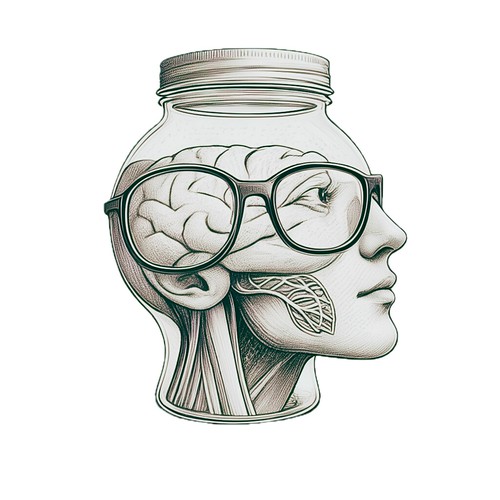Internalizing
Internal Medicine feels a lot like an extension of Second Year—that's what we all feel after our first week here. Unlike Surgery where we had plenty of patient encounters, our rotations are mostly small group discussions. We discuss a paper case, generate differentials, and zero in on a primary working impression without the benefit of diagnostic tools. We're being trained to practice hypothetico-deductive reasoning, narrowing our differentials by details we glean from the patient's narrative. After we finish with our history and physical exam, we're expected to be 80 to 90 percent certain of our diagnosis. The laboratory and other ancillary tests should only serve to confirm this diagnosis.
This may sound rather arrogant—that we're being trained to know what disease the patient has simply by the story he dishes out—but this approach to diagnosis and treatment is helpful in our setting. Most of the patients that come to our hospital belong to the low-income bracket, and we'd rather have them spend what little money they have for treatment rather than for diagnostic tests, which can be just as expensive—or even more. I'm not sure how medical education is in more developed countries, but in UP-PGH, the value of a good history and physical exam can never be overemphasized.
Over lunch, my friends Bon, Kuya Joseph, and Casti were talking about whether one should request a CBC—a rather inexpensive routine laboratory exam—to differentiate one disease from the other (pericarditis and community-acquired pneumonia, if I remember correctly). We don't normally talk like this after lunch, but the debate got so intense I just had to take a video.
You call that passion for learning. Now I fear for my life because I've just publicized their nerdiness online.
This may sound rather arrogant—that we're being trained to know what disease the patient has simply by the story he dishes out—but this approach to diagnosis and treatment is helpful in our setting. Most of the patients that come to our hospital belong to the low-income bracket, and we'd rather have them spend what little money they have for treatment rather than for diagnostic tests, which can be just as expensive—or even more. I'm not sure how medical education is in more developed countries, but in UP-PGH, the value of a good history and physical exam can never be overemphasized.
Over lunch, my friends Bon, Kuya Joseph, and Casti were talking about whether one should request a CBC—a rather inexpensive routine laboratory exam—to differentiate one disease from the other (pericarditis and community-acquired pneumonia, if I remember correctly). We don't normally talk like this after lunch, but the debate got so intense I just had to take a video.
You call that passion for learning. Now I fear for my life because I've just publicized their nerdiness online.
Labels: film/music, medicine

0 Comments:
Post a Comment
<< Home